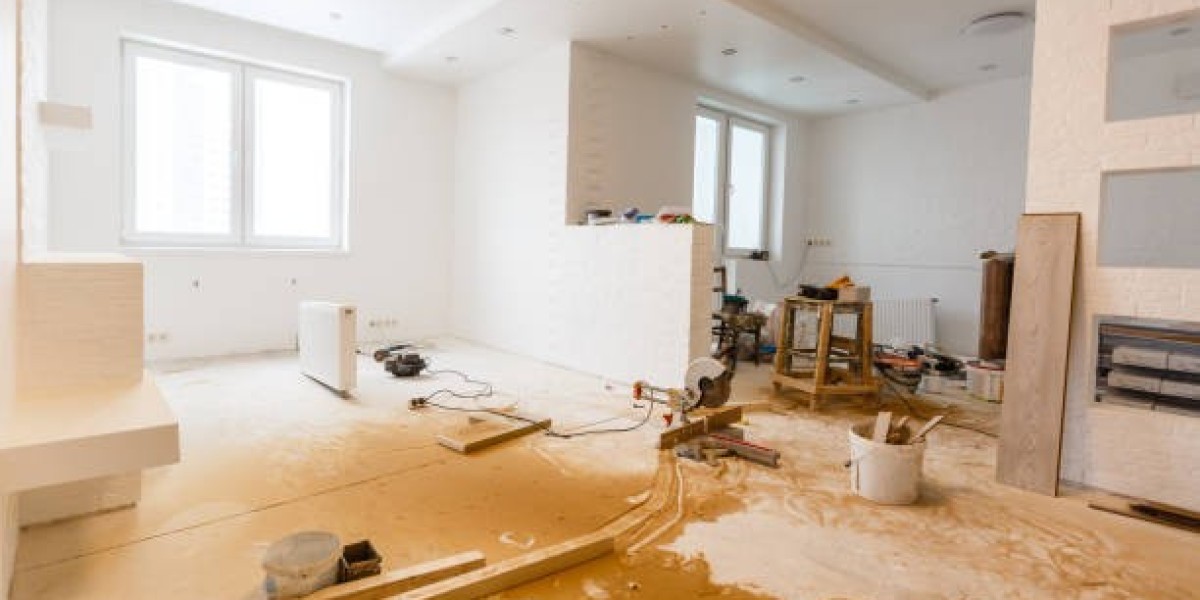Commercial retail construction is essential for businesses looking to establish a physical presence. The construction of retail spaces requires careful planning, efficient execution, and adherence to market demands. From small boutique shops to large shopping centers, the development of retail environments must align with customer needs, technological advancements, and sustainability trends.
The Planning Phase
Market Research and Feasibility Study
Before starting construction, developers conduct market research to assess demand, competition, and customer preferences. A feasibility study determines whether the project is financially viable and strategically located.
Budgeting and Financing
A well-structured budget ensures that resources are allocated efficiently. Funding can come from investors, loans, or business capital, and proper financial planning helps prevent cost overruns.
Architectural Design and Layout
The design phase focuses on creating an appealing and functional space. Factors like lighting, ventilation, and space optimization contribute to a seamless shopping experience. Architects and engineers collaborate to balance aesthetics with practicality.
Construction Process
Site Preparation and Foundation Work
Preparing the site involves clearing land, grading, and ensuring a solid foundation. Soil testing and environmental assessments help mitigate risks related to unstable ground conditions.
Structural Development
The construction of the retail building involves framing, roofing, and interior installations. Materials like steel, concrete, and glass are commonly used to enhance durability and visual appeal.
Interior and Exterior Finishing
Once the structural framework is complete, interior work such as flooring, lighting, and shelving installation begins. Exterior elements, including signage and landscaping, contribute to the overall customer attraction.
Emerging Trends in Retail Construction
Experience-Driven Spaces
Retailers are shifting towards experience-based designs to enhance customer engagement. Stores now integrate interactive displays, self-service kiosks, and entertainment zones.
Adaptive Reuse and Renovation
Instead of building new structures, many developers focus on repurposing existing buildings. This approach reduces costs and aligns with sustainable practices.
Enhanced Security Features
Modern retail spaces incorporate advanced security systems such as biometric access, facial recognition, and AI-powered surveillance for enhanced safety.
Common Challenges and Solutions
Delays and Supply Chain Issues
Material shortages and supply chain disruptions can lead to project delays. Developers mitigate these risks by securing materials in advance and adopting flexible construction timelines.
Adapting to Consumer Trends
Retail construction must accommodate evolving consumer preferences, such as the demand for curbside pickup, drive-thru options, and contactless payment systems.
Compliance and Legal Considerations
Construction projects must meet zoning laws, fire codes, and accessibility standards. Hiring experts ensures adherence to all regulations and avoids legal complications.
Conclusion
Commercial retail construction is a complex but rewarding process that shapes the retail industry. By prioritizing strategic planning, innovative designs, and modern technology, businesses can create attractive retail spaces that meet customer expectations. Despite challenges like market fluctuations and regulatory requirements, effective project management ensures the successful completion of retail developments.









